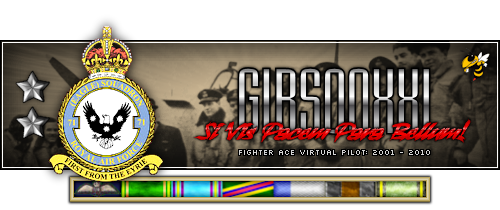(2015-03-08, 13:51)refosk Wrote: I tried with hibernation instead of sleep but the problem remains. Now I test shutdown option.
Is this the right thing to make portable version (found here:http://kodi.wiki/view/Windows_FAQ)
1.6 Portable mode
If you wish, you may run XBMC in portable mode by adding the -p switch (in the Target field after the closing quotation mark) to the shortcut's properties used to launch XBMC. This will then use the XBMC folder itself as the Home folder, which means scripts, plugins, skins and userdata will be located in the 'portable_data' folder within the XBMC folder. This is useful for running XBMC for Windows off a USB stick for portability.
You'll have to put the XBMC folder in a place where standard users have write permission (e.g. not under Program Files) or run the shortcut as admin (even though you're logged in with an admin account). Otherwise you'll get the error message "ERROR: Unable to create application. Exiting."
You will, however, have to be careful when upgrading to make sure that the userdata folder you use is not overwritten.
Aye, that's the one. Portable mode will create the "userdata" in the same folder as Kodi resides, meaning you can (theoretically) move the installation between PCs, if for example you installed to a USB drive. The only things Kodi puts in the registry as far as I can tell are uninstall links and icons for the desktop/start menu, so it's fully portable. I don't run it on an SSD directly for the reasons I've already stated. The PC still boots super-fast, and using launcher4Kodi you can dictate when XBMConiMon starts, along with Kodi. I think Launcher4Kodi *may* trigger a run of XBMConiMon shortly after it sends the start + configured delay time-out to run Kodi. it's all pretty seamless, but you are running 3 separate programs, 2 of which are relying on drivers installed to the local OS and any latencies incurred by your chosen set-up. To be honest, the overall speed of Kodi depends largely on the skin your running, whether it's using disparate textures or a single textures.xbt file (better performance), and the general processing power of the system. The hard drive isn't a crucial factor. It's not a game, or time limited application in that sense.
For a regular HTPC I'd totally promote the use of sleep mode with Kodi. But with the drivers (iMon Manager), the launcher software (Launcher4Kodi) and the somewhat buggy (iMon Manager) software, there's just too much potential for things to go screwy, so I've always avoided it.
EDIT: For reference with regards anyone with a similar set-up. I've found with wired Ethernet, best to apply a start-up delay to Kodi (via Launcher4Kodi) of at least 30 seconds, in order to allow time for both iMon Manager to re-initialize properly, for the Ethernet drivers to become connected to the network, and for everything to be primed and ready. This is especially important if using a MySQL Db hosted on your NAS. For those using Wireless, a 45-60 second delay may be required as Wireless is slower to get connected in most cases than wired Ethernet. Desktop shell replacement is NOT an option as it prevents iMon Manager from running (no explorer.exe) and thus prevents XBMConiMon communicating with the display (via iMon Manager).







